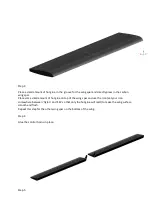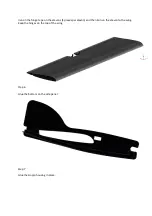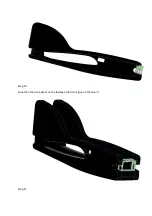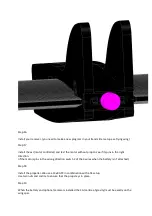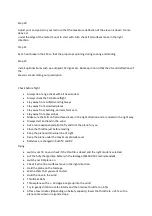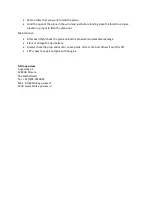
Step 20
Adjust your end points in your radio so that the maximum deflection of the elevon is doesn’t come
above or
under the edge of the motor mount to start with. Also check if all surfaces move in the right
direction.
Step 21
Set a hard brake in the ESC so that the prop stops spinning during soaring and landing.
Step 22
Install optional items such as: autopilot, FPV gear etc. But keep in mind that the CG and deflections of
the
elevons are according our prescription.
Check before flight
Always do a range check with all new models
Always check the CG before flight.
Stay away from airfields and highways
Stay away from crowded places
Stay away from building, animals, farms etc.
Stay away from powerlines
Make sure that all control surfaces move in the right direction and are mixed in the right way
Always start and land in the wind
Ask a more experienced pilot to fly and trim the plane for you
Close the throttle just before landing
Keep the plane within visual line of sight
Keep the plane under the maximum altitude level
Batteries are charged in both TX and RX
Flying
switch your TX on and check if the throttle is closed and the right model is selected
put the fully charged lipo battery in the fuselage (5S5000 20C recommended)
switch your RX/plane on
Check if all control surfaces move in the right direction
Hold the plane on the fuselage
Warn others that you want to start
Hold the nose in the wind
Throttle at 65%
Throw plane with a +- 10 degree angle up into the wind
Try to gently climb to a safe altitude and then reduce throttle to +-45%
After a few minutes (depending on battery capacity) lower the throttle to +-35%, so the
plane comes down in a gentle slope.



